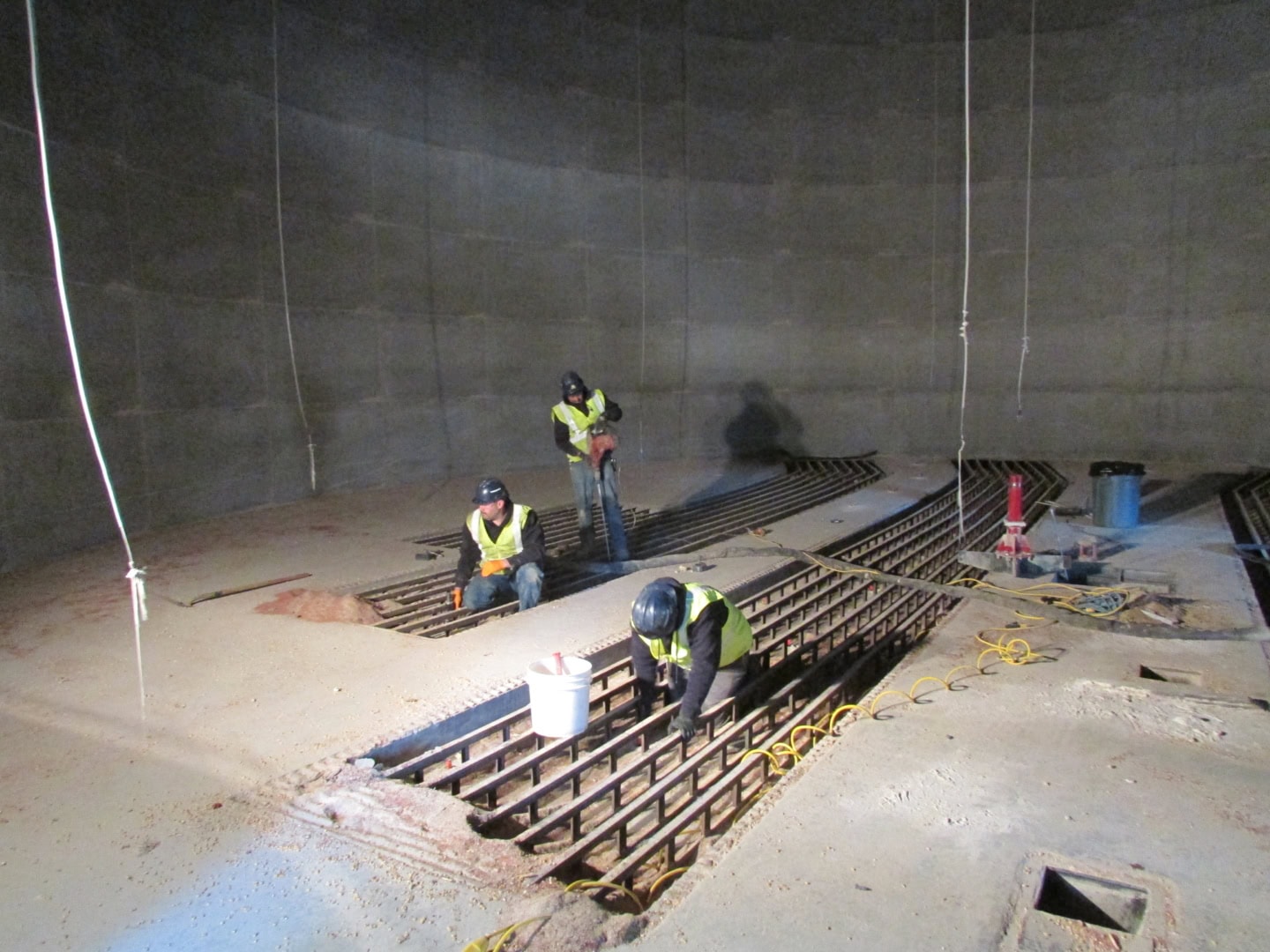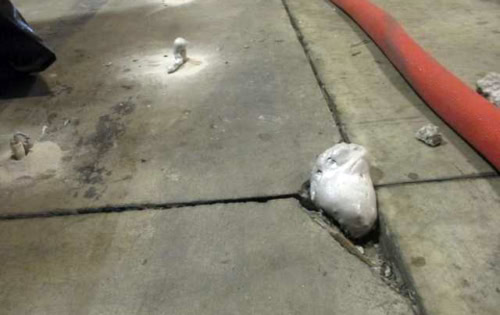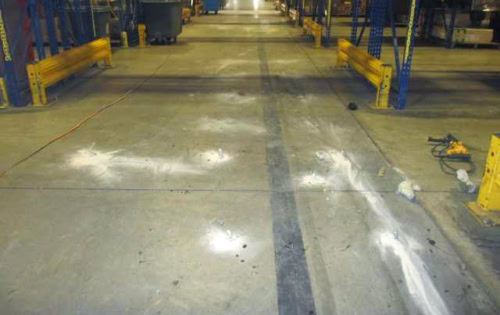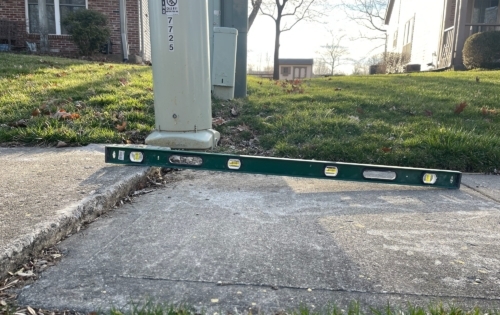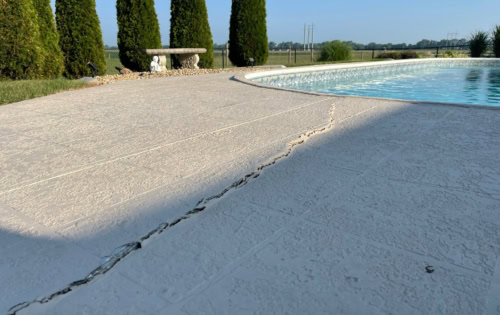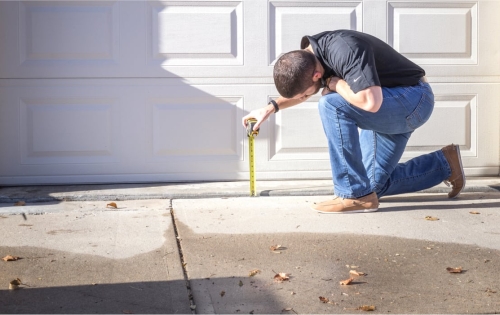In today’s fast-paced business environment, downtime is a significant concern for organizations, especially within manufacturing, distribution, and logistics. When production lines or warehouse operations stop, the effects can spread throughout the whole organization.
This can hurt profits, cash flow, and customer satisfaction. Every hour of downtime causes lost productivity and puts a strain on profits. Reducing business downtime has therefore become a critical goal for companies aiming to remain competitive and efficient.
The Real Cost of Downtime
Understanding the true cost of downtime is crucial for businesses to make informed decisions about investing in preventive maintenance. Downtime can happen in many ways. Unplanned machine breakdowns, routine maintenance, supply chain issues, or workforce shortages can cause it. Each of these can lead to serious financial and operational problems.
- Direct Financial Impact: Downtime can cost businesses between $10,000 and $125,000 each hour in manufacturing according to The Institute for Supply Management. This cost depends on the size and scope of the operations. This large financial loss comes from several reasons. These include stopped production lines, costs for idle workers, and overtime expenses.
We need overtime to make up for delayed production and lost revenue. Besides these immediate financial effects, downtime can create a chain reaction. This increases pressure on cash flow and raises the cost of goods sold (COGS). - Supply chain disruption costs can be high. In industries that depend on tight schedules and just-in-time (JIT) inventory, downtime can greatly disrupt supply chains. For example, if a distribution center has downtime because of equipment failure, it can delay product shipments.Uneven concrete floors can also cause damage, leading to further delays in shipping products to stores. These delays can cause penalties and hurt relationships with suppliers. They may also lead to losing customers who look for competitors with better reliability. For a full report on the business costs of supply chain from the Economist, click here.
- Reputation Damage: Consistent downtime doesn’t just hurt a company’s bottom line—it can also damage its reputation. Customers want their orders delivered on time and products available when needed.
Companies that do not meet these expectations can quickly lose their advantage in the market. In industries with minuscule profit margins, like retail or e-commerce, losing customer trust can be extremely harmful. This loss can cause a long-term drop in profits. - Higher operational costs: Downtime causes lost productivity right away. It can also lead to higher costs over time. Companies might have to spend money on quick repairs or replacements.
They may also need to pay for fast shipping to catch up. If downtime leads to injuries or safety issues, they could face legal problems. Moreover, retraining employees to operate within an inefficient work environment caused by structural issues can compound costs further.
How Concrete Leveling and Soil Stabilization Reduce Business Downtime
Many businesses focus on technology and labor efficiency to reduce downtime. However, they often overlook the physical condition of the facility. Uneven floors, cracked concrete, and shifting foundations can severely impact day-to-day operations. Fortunately, concrete leveling and soil stabilization offer cost-effective solutions to these issues, helping businesses maintain a smooth, safe, and operational workspace.
- Preventing Equipment Damage: One of the most immediate benefits of concrete leveling is preventing damage to heavy machinery. Uneven or cracked surfaces can cause machines to vibrate excessively, misalign, or even break down entirely. Such disruptions not only lead to costly repairs but also create avoidable downtime.
Concrete leveling ensures a stable and even surface, allowing equipment to function optimally and efficiently. This real-time change in the facility’s setup can greatly lower the chances of equipment failures. This helps reduce repair costs and prevents interruptions. - Improving Workplace Safety: Uneven floors aren’t just a risk to equipment—they’re a risk to employees as well. Businesses with damaged or unlevel surfaces are more likely to see workplace accidents such as slips, trips, and falls. By investing in soil stabilization and concrete leveling, companies can make their work environment safer. This reduces the chances of accidents. As a result, there will be less downtime from worker compensation claims and injury-related absences.
Also, keeping safety rules can boost a business’s reputation. This makes the company more appealing to potential clients and employees. Who doesn’t want that? - Improving Workflow Efficiency: In industries like warehousing and retail, moving goods efficiently is key to staying competitive. Uneven or cracked floors can slow down equipment like forklifts and automated systems. This can cause inefficiencies that hurt productivity and lower profits.
Concrete leveling makes floors smooth. This allows goods to move easily. It reduces the time needed to transport materials.
Ultimately, it cuts down on delays in operations. This enhanced workflow results in better cash flow management and contributes to a healthier bottom line. - Long-Term Cost Savings: Concrete leveling and soil stabilization may need an initial investment. However, the long-term savings are much greater than the upfront cost. By tackling the main causes of downtime, like structural problems or unsafe work conditions, businesses can prevent costly repairs. These repairs often come after major disruptions.
Also, keeping a level and stable foundation for equipment can help machinery last longer. This reduces the need for frequent replacements. In this way, preventive maintenance becomes a key strategy for keeping operational costs low and minimizing financial risk. - Supporting Preventive Maintenance Programs: Many businesses have already implemented preventive maintenance programs to reduce downtime and extend the lifespan of their equipment. Concrete leveling complements these efforts by addressing the structural issues that often lead to equipment failure.
Soil stabilization and leveling are important parts of a preventive maintenance plan. They help businesses create a more reliable work environment. This can lower costs and improve overall efficiency. This proactive approach is not only cost-effective but also essential for staying ahead in today’s competitive marketplace.
The Bottom Line: Concrete Leveling for a Competitive Edge
Business owners who are serious about reducing downtime should not overlook the importance of facility maintenance. In industries where every second counts, preventive steps like concrete leveling and soil stabilization can make a significant impact. By creating a stable and safe working environment, businesses can avoid costly interruptions. This helps improve cash flow and keeps them competitive.
If your company wants to cut costs or boost efficiency, concrete leveling can help you reach those goals. A simple and effective way to support equipment and employee safety exists. It also boosts productivity and reduces business downtime.
Take Action: Protect Your Business with LevelUp Concrete
Don’t let something as fundamental as your facility’s foundation jeopardize your business operations. At LevelUp Concrete, we specialize in helping businesses across Indiana minimize downtime through preventive maintenance measures like concrete leveling and soil stabilization. Our experts are ready to evaluate your facility and provide tailored solutions that keep your operations running smoothly. Contact us today for more information and to schedule a free on-site inspection!
